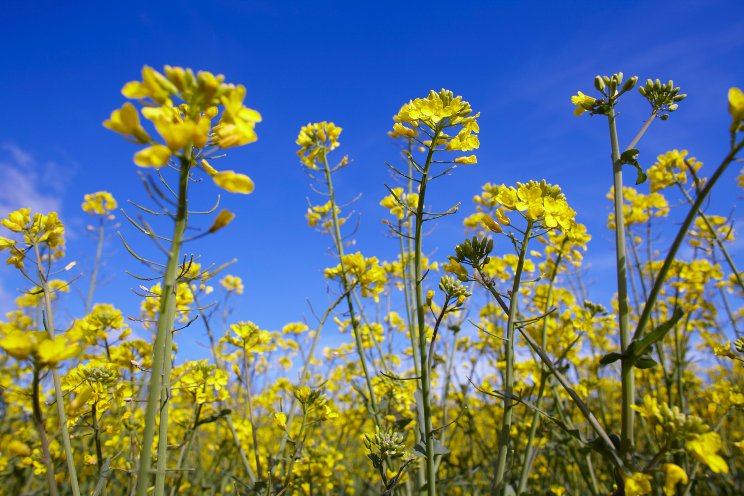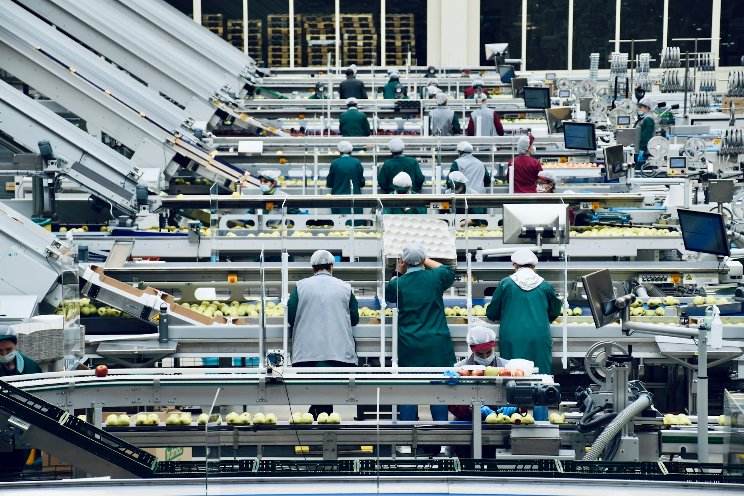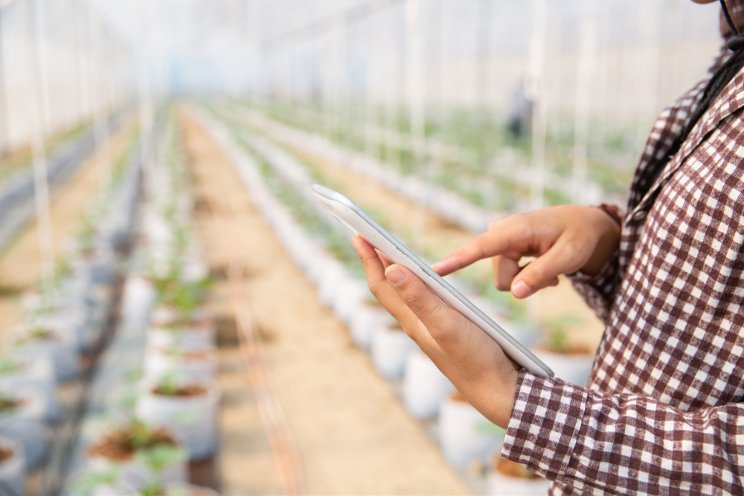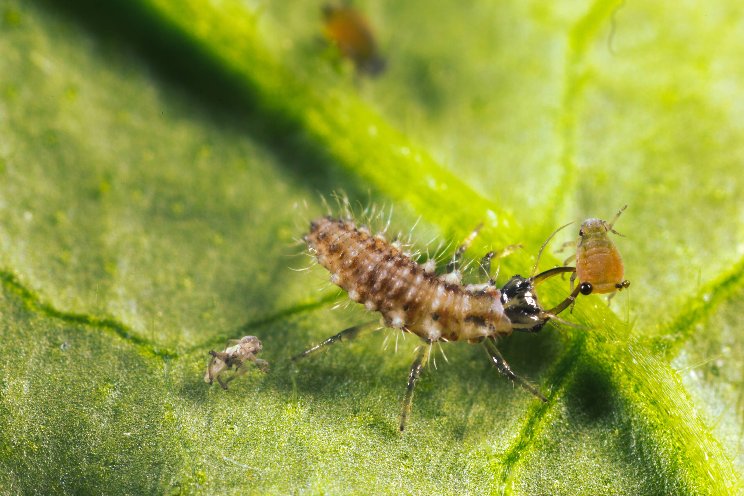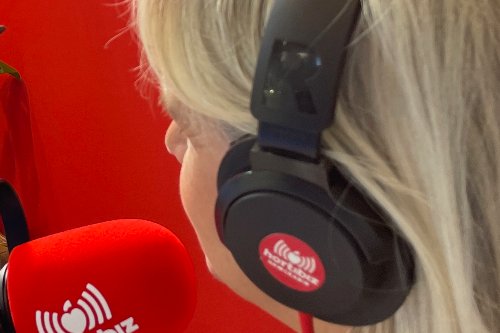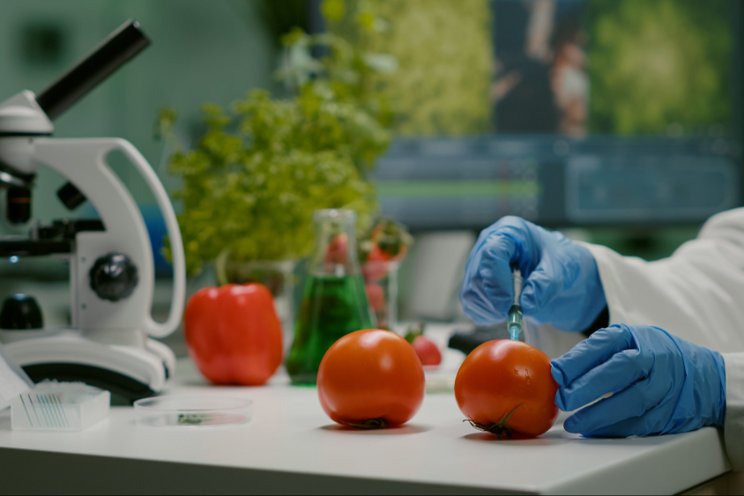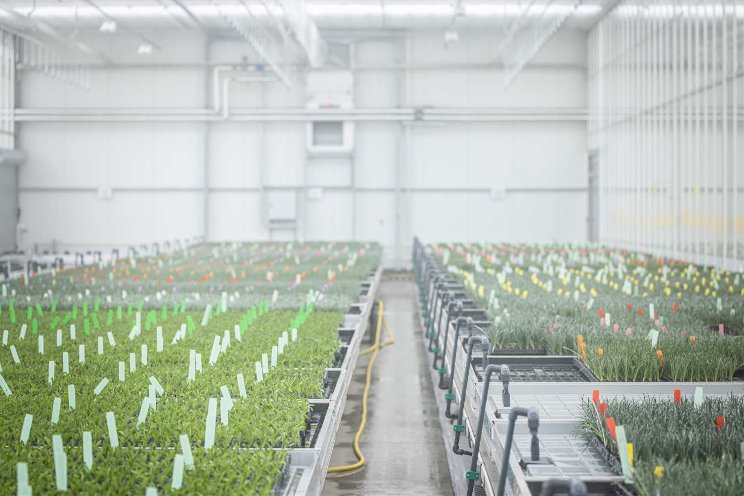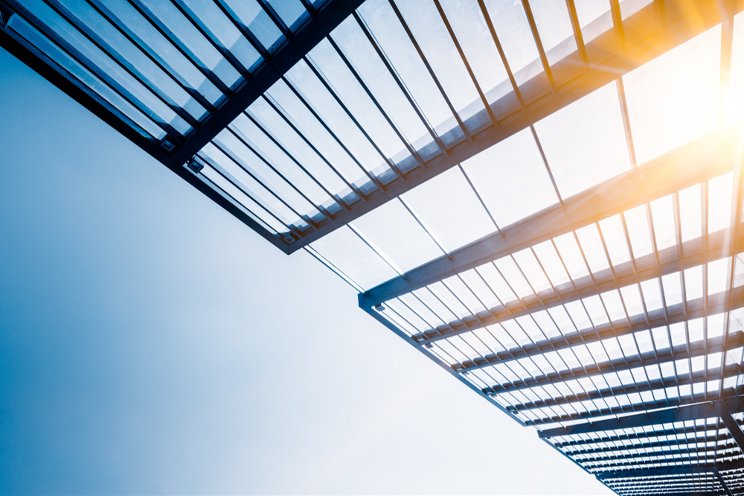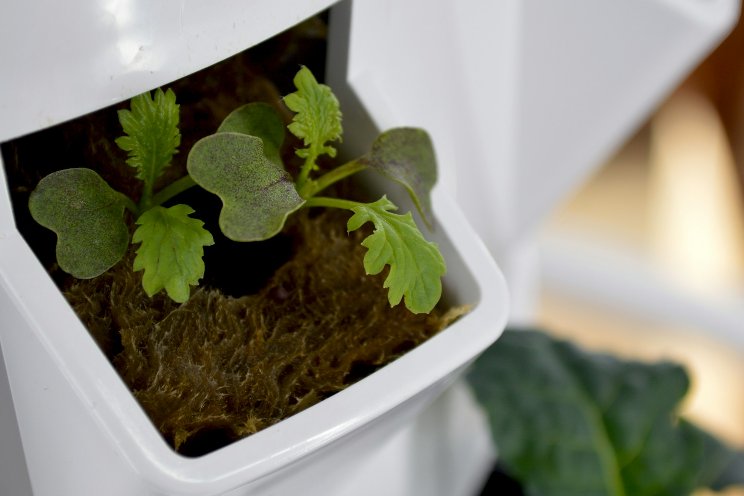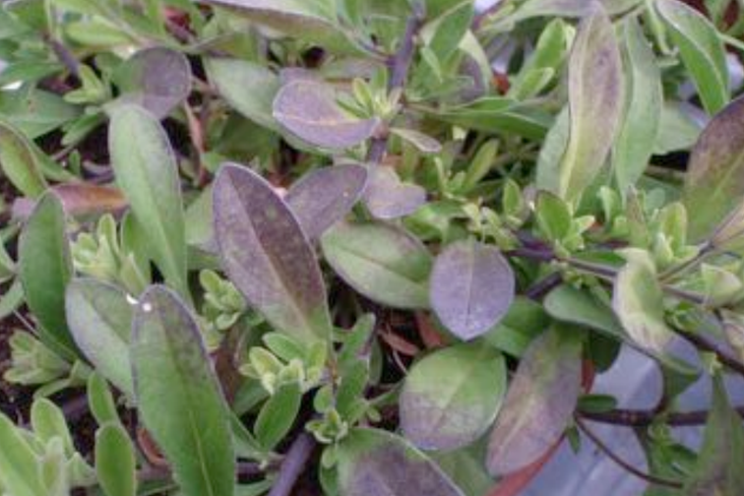Hydroponic food safety 101
Added on 14 October 2021
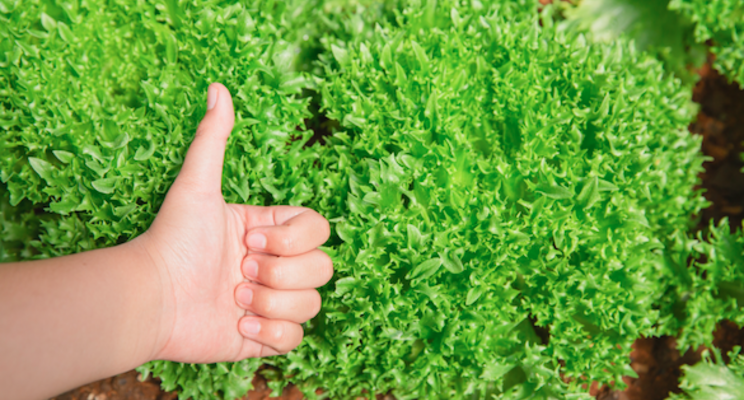
How to Clean a Hydroponics System
A hydroponics system is complex, with several components that each need to be cleaned and audited regularly. The easiest way to clean the entire system is to start at the top and work your way down. This way, you're far less likely to accidentally contaminate parts of the system that have already been cleaned.
Plants
Before you start cleaning, you'll need to remove any plants currently growing in your system. This may be as simple as cleaning after a harvest or moving them to another part of the greenhouse and cleaning one zone at a time.
Lighting Systems
It's easy to forget the lighting systems when cleaning your hydroponic greenhouse, but they can collect dust or grime. Since lighting is most likely the top part of the system, start by dusting lights and wipe them down with disinfectant to ensure no bacterial growth remains. Isopropyl alcohol is an excellent solution for cleaning lighting systems as it will not leave a residue like glass cleaner but also sterilizes without streaking.
Work Surfaces
Be sure to scrub all work surfaces clean regularly, ideally after each use. When doing a complete system cleaning, you'll want to disinfect these surfaces and wipe down any walls and other surfaces at the same time. Swab and test for any contaminants both before and after cleaning to ensure your work surfaces are food-prep ready.
Filters
You'll want to ensure that you change or clean all air and water filters on a routine basis, as often as the manufacturer recommends. It's best to choose a system with cleanable filters rather than replacing them every few months, but either way, this is a vital step you should not forget.
Flushing Your System
One area that is particularly prone to contamination is the hydroponics system itself. You'll want to flush out the entire system regularly, ensuring that no mold or mildew is accumulating. Start by fully draining the system. Next, flush the system with a 35% concentration of food-grade hydrogen peroxide. Power washing is essential step in the cleaning process, too. You may also choose to use bleach, but if you do, make sure to completely remove any residue before resuming operations.
Pest Management
It's also important to routinely check your entire greenhouse for pests like spider mites and aphids. Deploying traps can help you see a pest problem before it gets out of control, but you should also be checking your plants directly for signs of infestation. Be sure to treat any pest problems at the onset, before they take over your entire greenhouse.
Read more on Eden Green Technology Blog.
Photo created by jcomp - freepik
Source: Eden Green Technology
More news

